- Home
- Destinations
- Zambia
- Zambian Safari
Overview
Climate
The weather in Livingstone is humid subtropical, with winters being dry and summers being humid and wet. The rainy "Emerald Season" occurs from December to March, with rains arriving earlier and departing later the further north you are. Rainfall is also higher in the eastern areas and locations at higher altitude, than in the western and lowland areas. During this time most camps close due to wetness causing unsurfaced roads to become almost impassable.
By April and May, most of the rain has faded away and night-time temperatures start to drop. June – August bring much cooler nights – often cold, however the days are clear and warm, and game sightings increase.
September and October see temperatures rise and game viewing around permanent water sources are superb. November experiences variable weather – either hot and dry or wetter as the first downpours may occur.
Getting There
Livingstone's newly renovated airport – officially known as Harry Mwanga Nkumbula International Airport – is located 6 km northwest of town. From here a road transfer can be taken to your destination.
Ideal Destination For
- Adventure
- Bucket List
- Food & Wine
- Multi Gen.
- Safari
- Solo Travel


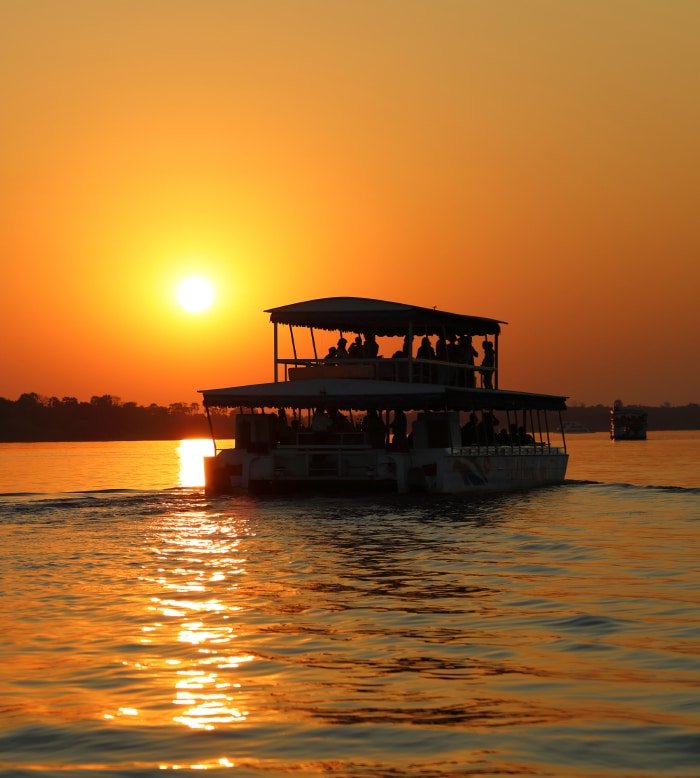
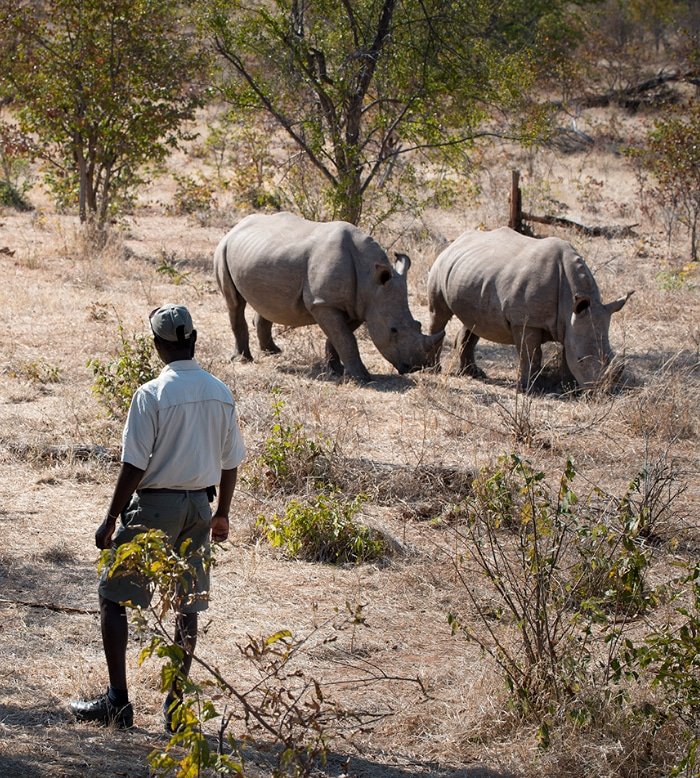
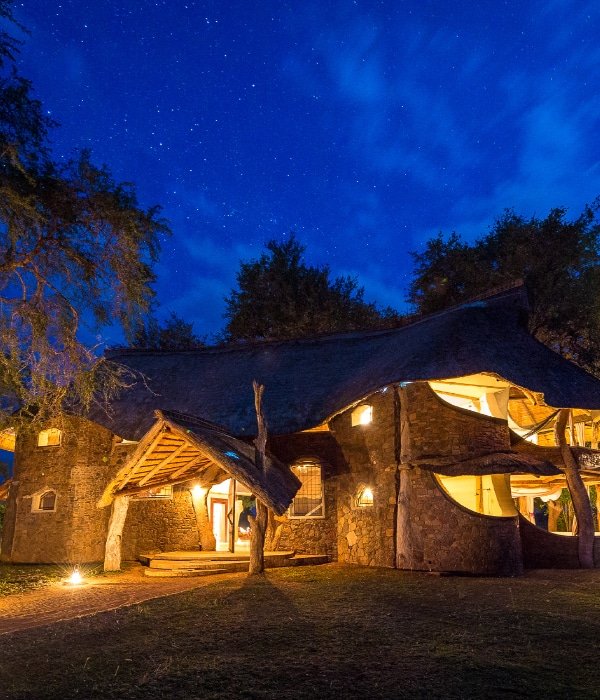
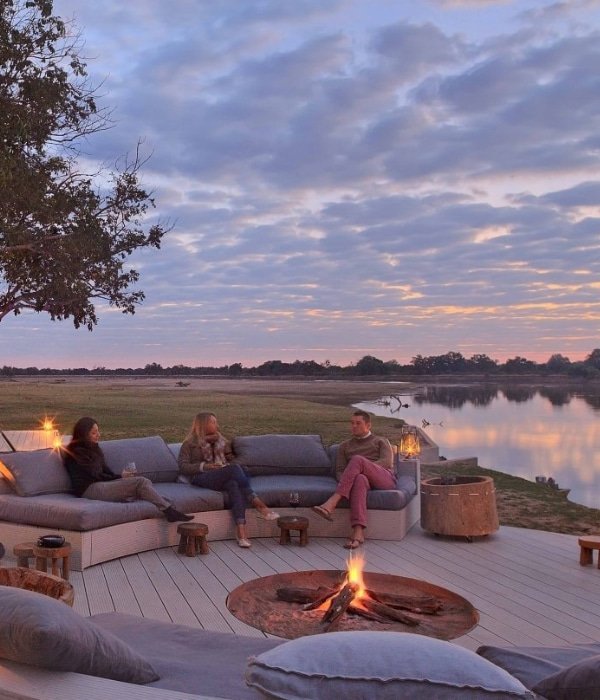
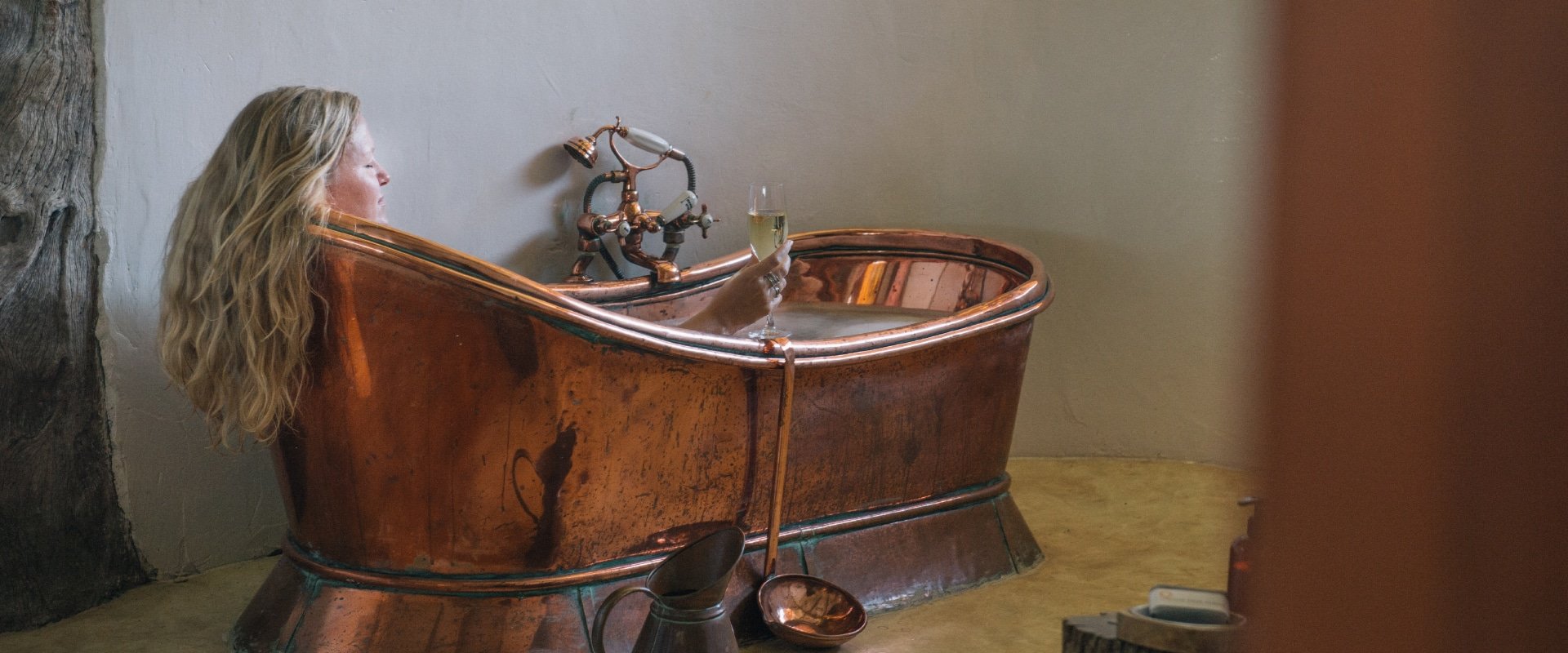
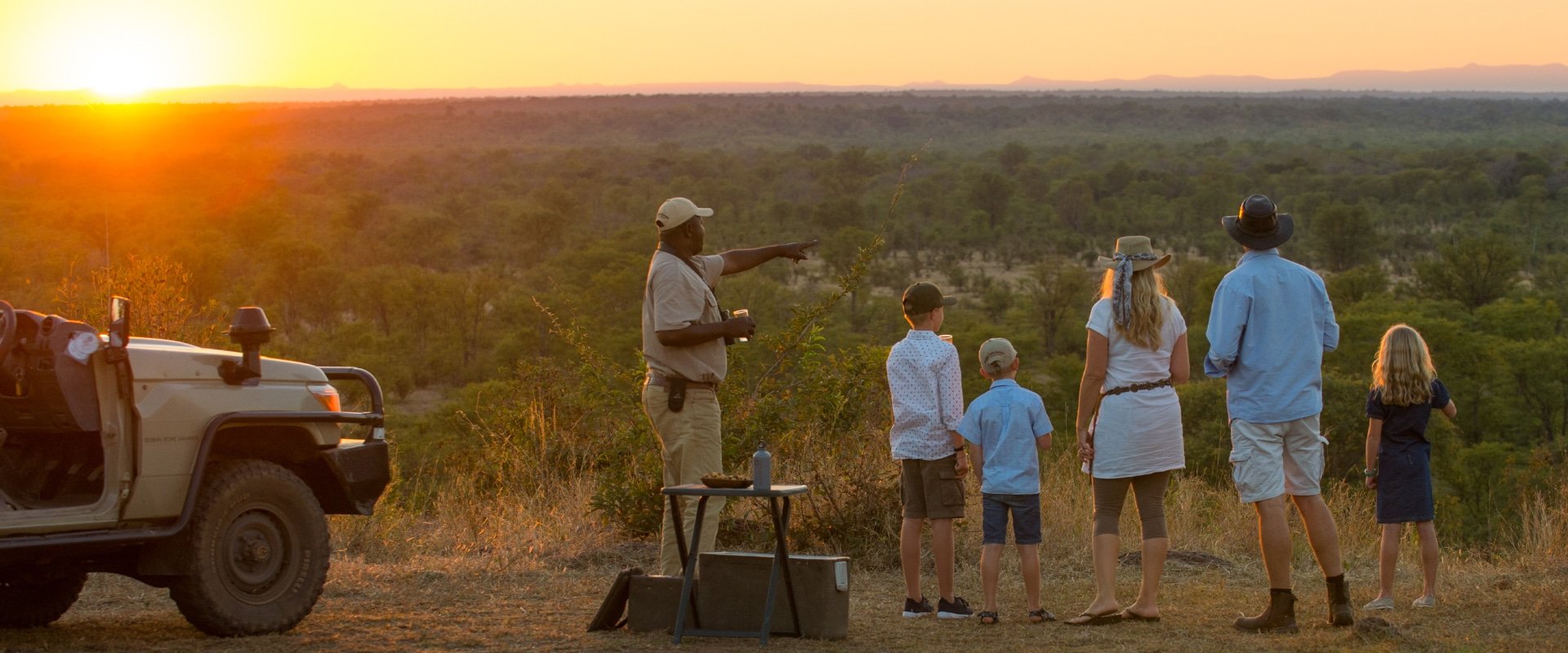
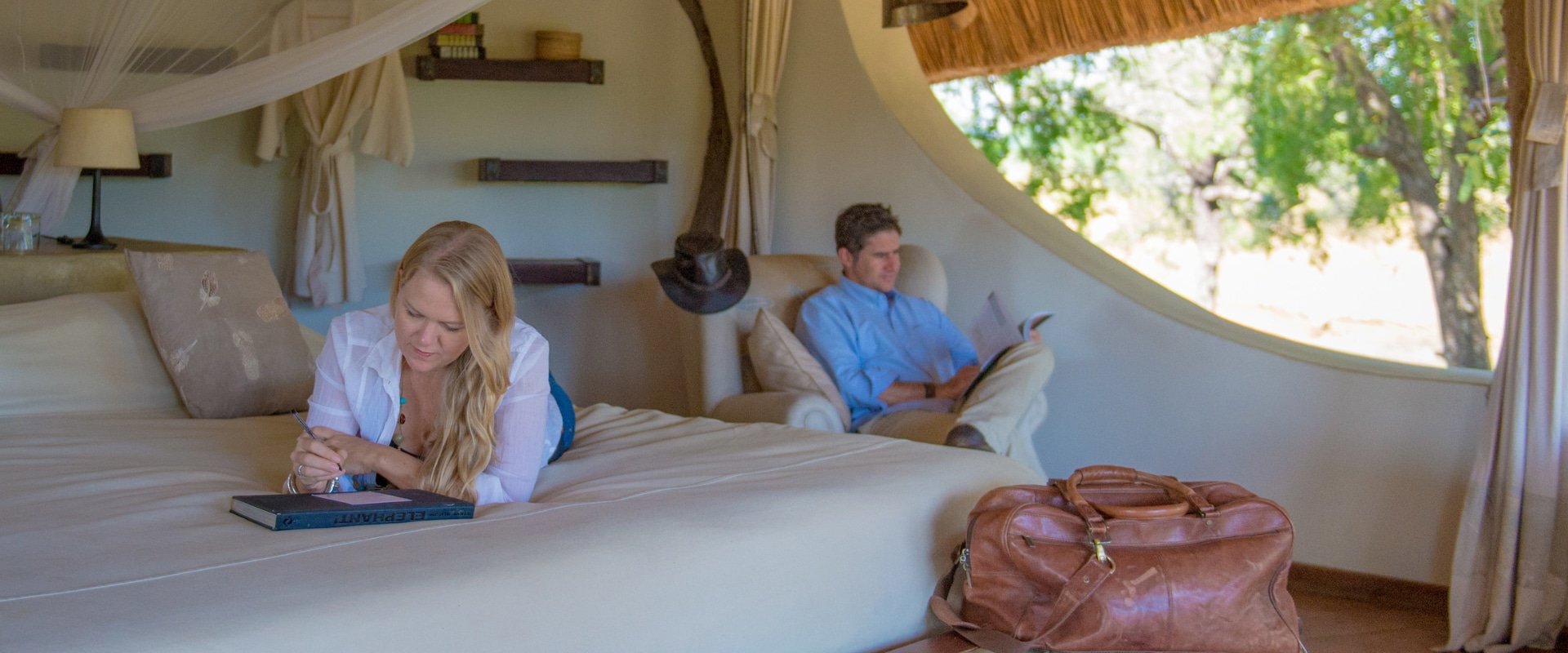

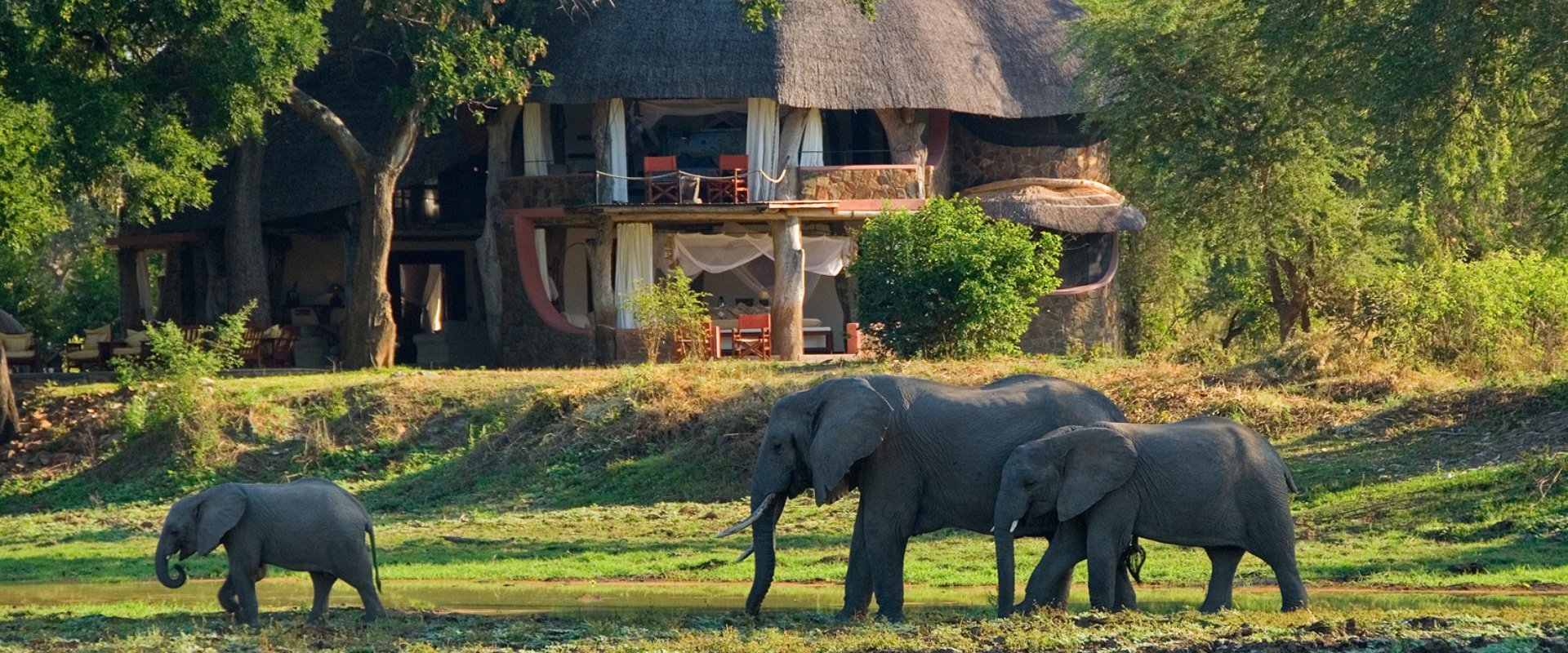
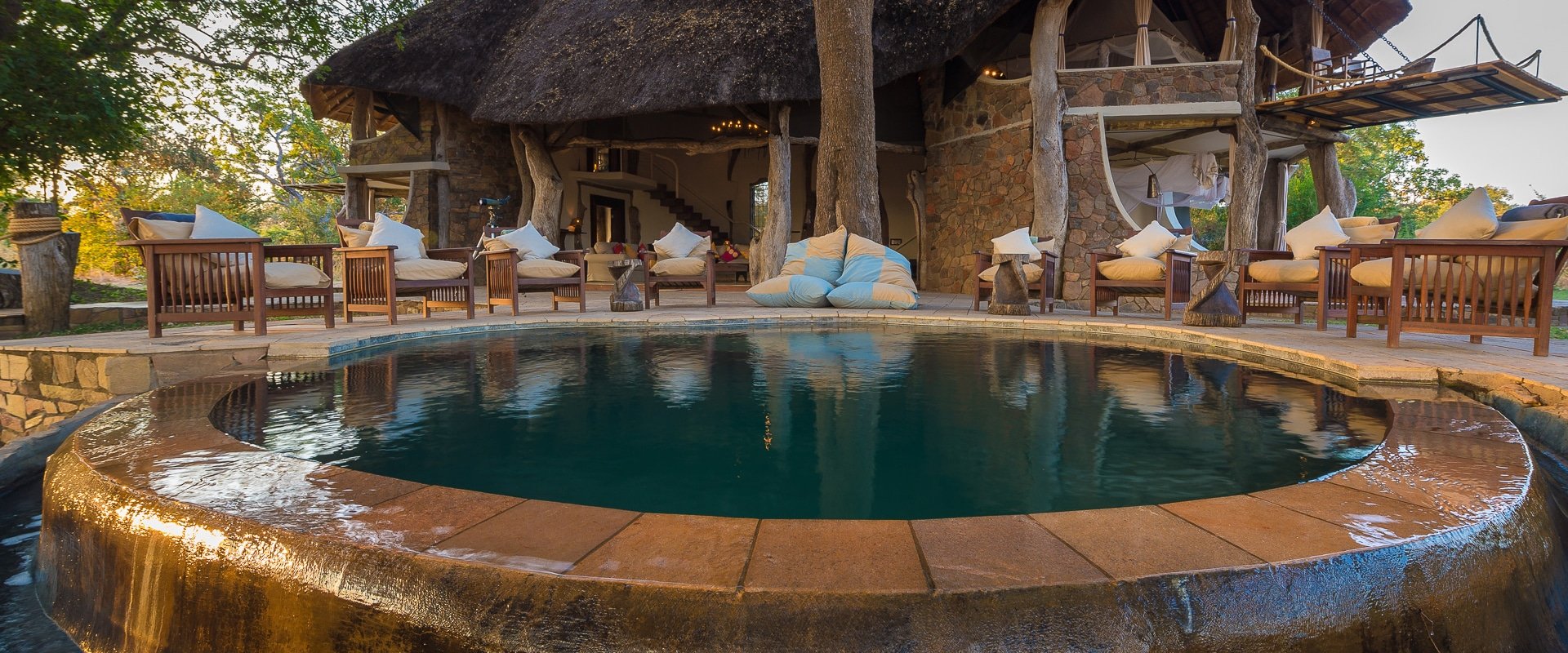

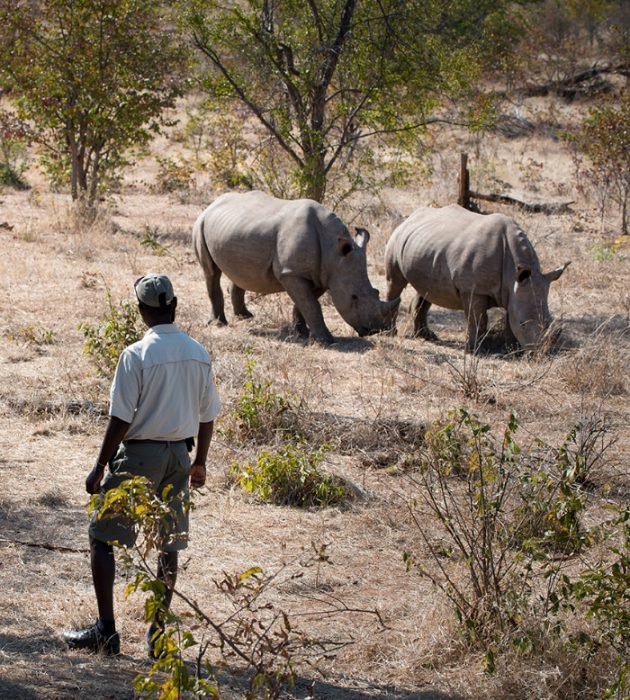

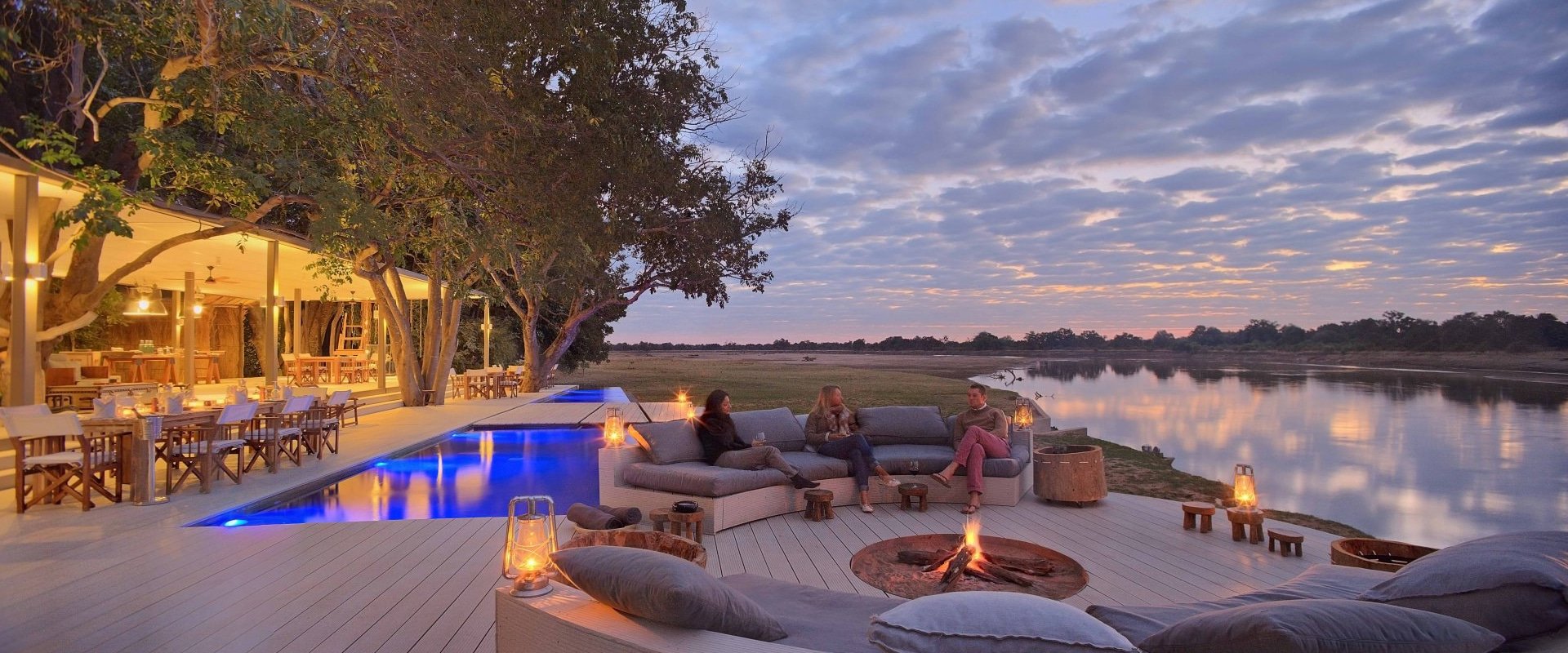
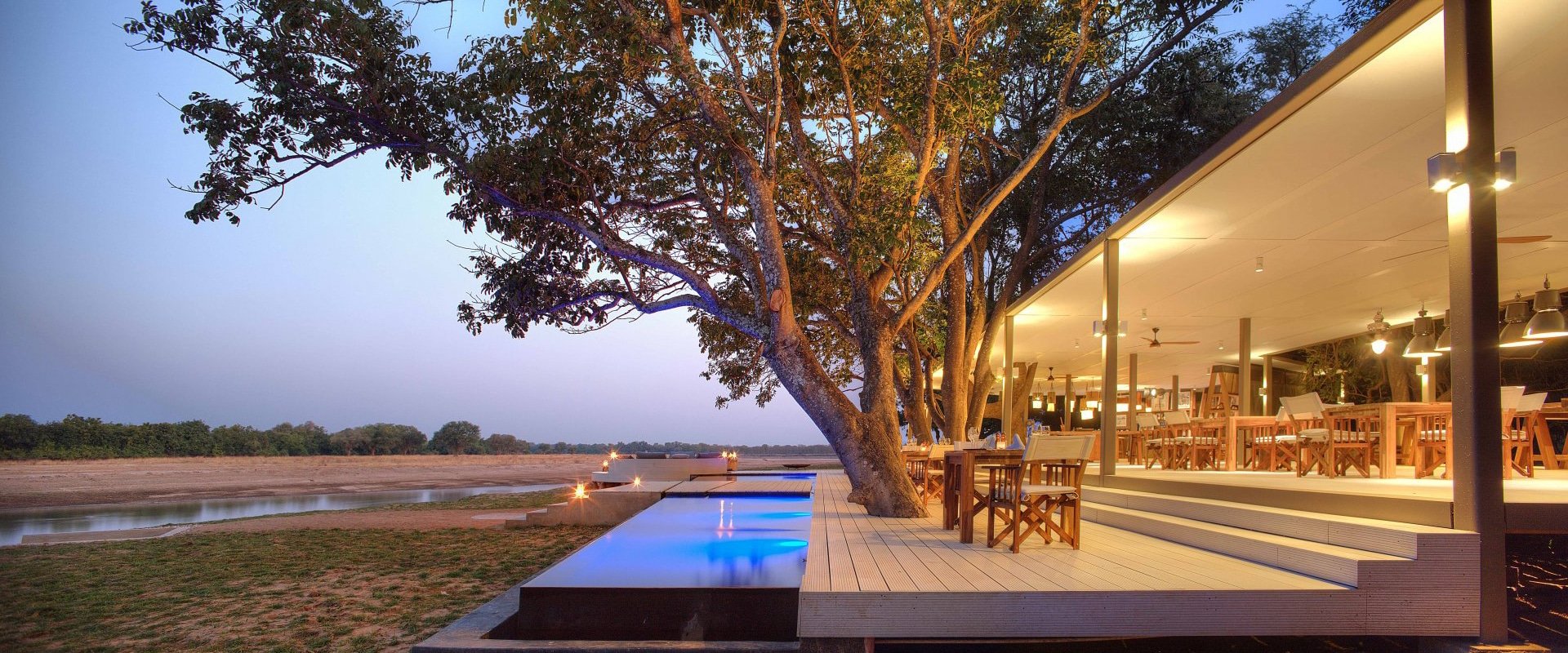
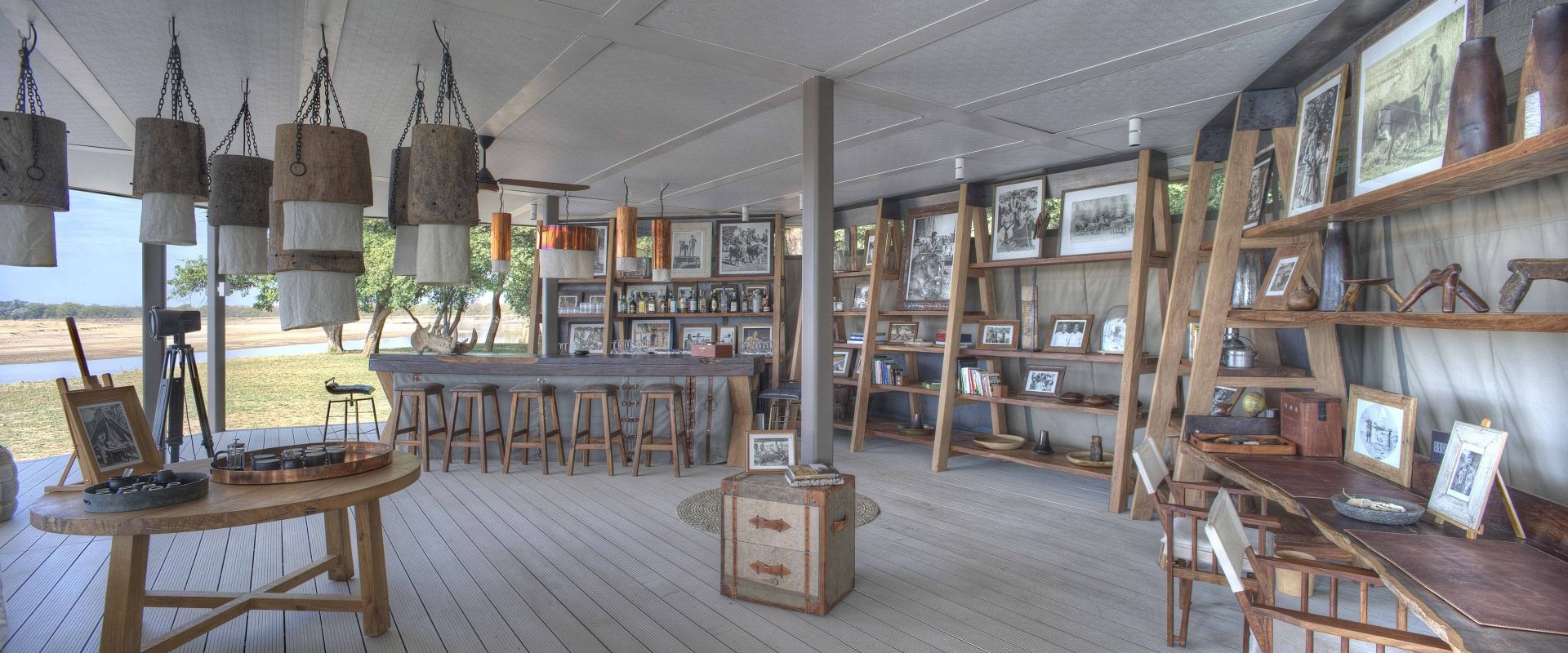

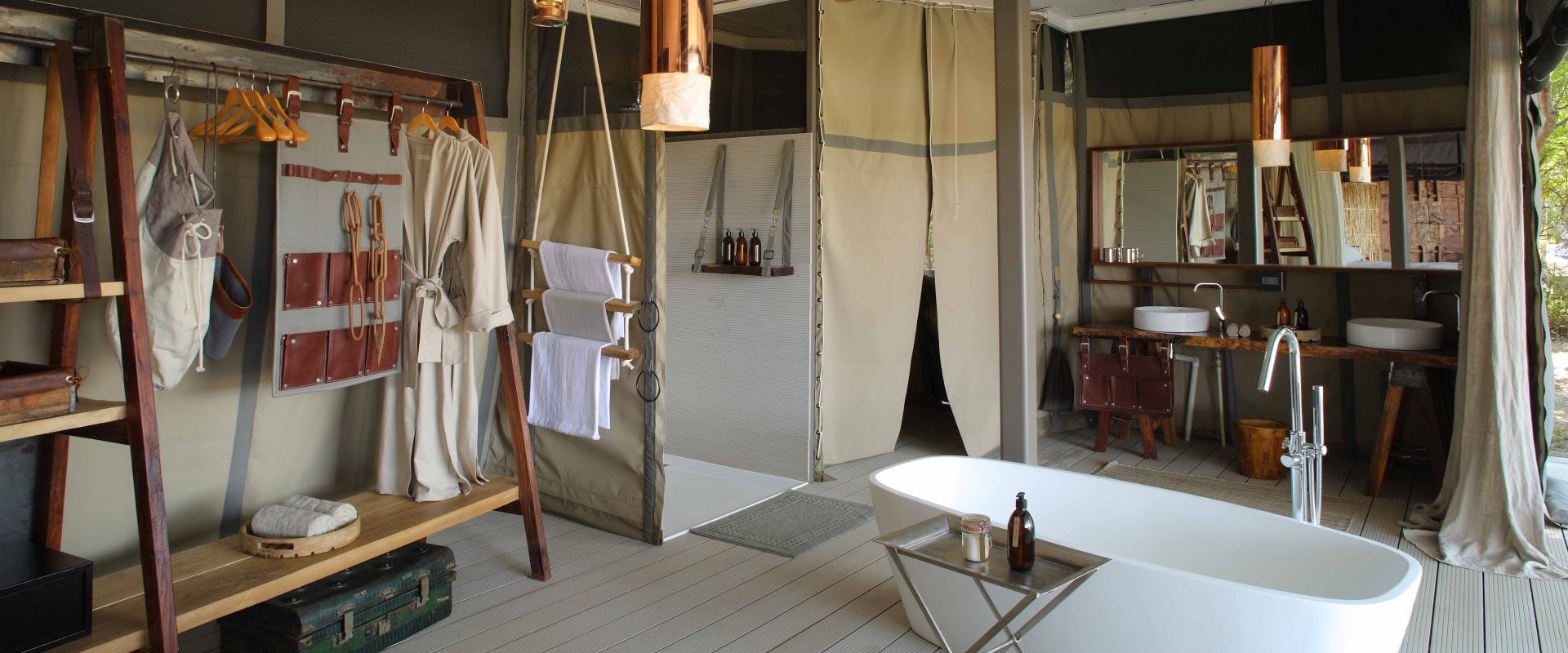
Zambia, being famous for the grandeur of the Victoria Falls, is a safari enthusiast’s dream with over 30% of the country’s land allocated to National Parks. The country is threaded with permanent rivers, a paradise for animals and birds alike, and with most of the tourist flocking around the most popular tourist attraction, the Falls, the parks don’t attract the high volumes of visitors, resulting in them being some of the most pristine and unspoilt wildlife havens on the continent.
Each park boasts its own uniqueness: Walking safaris, canoe safaris, game drives and horseback safaris are all fantastic ways to explore the thrilling wildlife-offering of the country of Zambia.
South Luangwa National Park
The park covers an area over 9 050 km2 and is regarded as the one of the finest wildlife sanctuaries in Africa. The wide Luangwa River is the lifeblood of the park. It flows all year, and gets very shallow in the dry season (May to October) when vast midstream sandbanks are exposed – usually covered in groups of hippos or crocodiles basking in the sun. Steep exposed banks mean animals prefer to drink at the park’s numerous oxbow lagoons, formed as the river continually changes its course, and this is where wildlife viewing is often best, especially as the smaller waterholes run dry.
The park is famous for its herds of buffaloes, which are particularly large and dramatic when they congregate in the dry season and march en-masse to the river to drink. The park is also a great place to see lions and leopards (especially on night drives), plus local species including Cookson’s wildebeest (an unusual light-coloured subspecies) and the endemic Thornicroft’s giraffe, distinguished from other giraffes by a dark neck pattern.
Lake Kariba
Lake Kariba is the world’s most voluminous man-made lake and located in Zambia’s southern province on the Zimbabwean border. It is popular amongst visitors for its abundant wildlife which can be viewed from the comfort of various waterfront lodges, or from well-appointed cruise vessels and self-contained houseboats. It stretches for more than 200 kilometres along the border between Zimbabwe and Zambia, forming a natural boundary between the two countries. Lake Kariba is also a great place for a fishing safari.
Kafue National Park
The national park is one of the largest parks in Africa at 2.25 million hectares (5.5 million acres). It has over 40 species of wildlife including elephant, buffalo, zebra, kudu, sable and Roan antelope, lion, leopard, hyena, hippo and crocodile. It also boasts a small, rare antelope, the Lechwe, almost extinct due to poachers and now found mostly on the Busanga Plains. Birdlife is spectacular, with over 400 varieties and the Kafue River, which winds through the park, offers good game fishing.
Liuwa Plains National Park
Liuwa Plains National Park lies about 100 km northwest of Mongu near the Angolan border and is characterised by expanses of flat, grassy flood plains. The biggest highlight of Liuwa is the arrival of massive herds of blue wildebeest which occurs every November as the rainy season in Zambia begins. This migration is the second largest congregation of wildebeest in Africa and one of Mother Nature’s greatest spectacles. The park is also notable for having one of the highest population densities of hyena in the world and a stunning variety of birdlife.